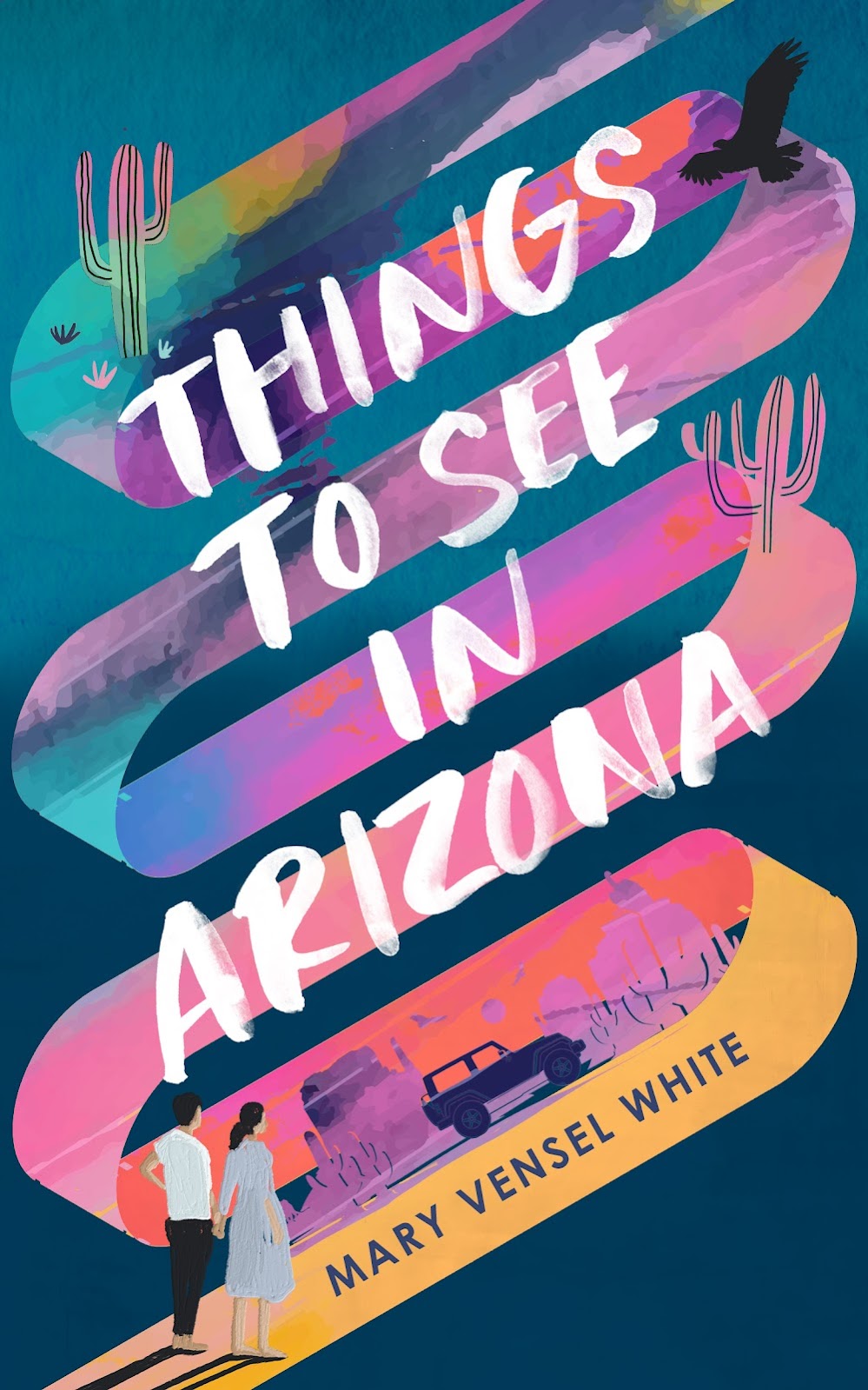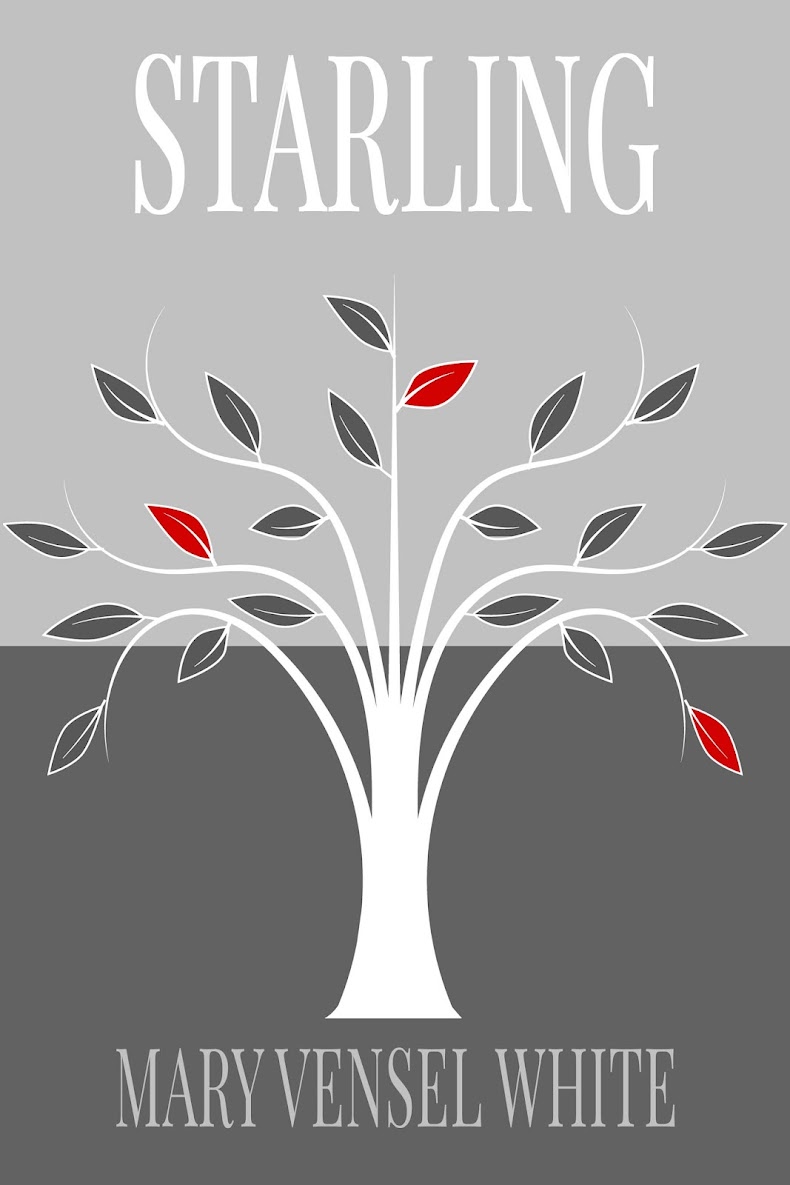I really enjoy the process of looking over the past year’s
reads, especially when I have the chance to pass on something that perhaps
evaded your radar. In 2015, I read a total of seventy books, which is a high number for me; for many months, I was avoiding writing the novel I
finally began in November. Or maybe because it was such a good year of
reading, I just couldn’t stop myself. I have 17 favorite reads to share
with you: 10 novels, 6 short story collections and 1 book of essays. Short stories continue to play an important role in my regular reading and interestingly enough, three of the novels on my list straddle that genre line between novel and short story. As always, my list includes books released in any year, because it's all about me here on my blog. Here they are:
The novels:
We the Animals (2011) by Justin Torres
A searing, immediate portrayal of a family, through the eyes
of three brothers. In stark, honest prose, it’s a coming-of-age story, a
psychological inquiry and the best type of reading: a fully immersive
experience that leaves your senses reeling. People always say this but truly, it's a
book you’ll have a hard time putting down.
We Have Always Lived in the Castle (1962) by Shirley Jackson
The suspenseful tale of the Blackwood family, as told by one
of the remaining survivors, 18-year-old Mary Katherine “Merricat.” An
unreliable narrator in the best sense, Merricat lives in the family’s large,
creepy house with her sister, who hasn’t left the grounds for six years, and
her uncle, whose mind and health are failing. An amazing tale that should be
required reading for anyone who fancies writing a novel.
See How Small (2015) by Scott Blackwood
One of the books that straddles the line between short story
and novel (in fact, I mistakenly included this book in my mid-year round-up of
short stories). The chapters in Blackwood’s novels read like independent
stories. Inspired by a true crime—the rape and murder of four teenagers—the
novel explores the reverberations in a fictional small town. With a
cast of damaged characters trying to keep going, and an innovative form that
feels like a fresh start.
The Bridge of San Luis Rey (1927) by Thornton Wilder
I can’t believe I hadn’t read this classic before (or maybe
I had?). Another story of people linked by a tragedy; several
interrelated people perish when a rope bridge collapses in Peru. A friar
who saw the accident makes inquiries about each victim, trying to make sense of
the random event. Amazing this was written so long ago; it felt modern in every
way. A winner of the Pulitzer Prize, deservedly so. A truly great book.
The Night Guest (2014) by Fiona McFarlane
A novel I chose randomly in a local independent store,
primarily because of its striking cover. A hypnotic story about a lonely woman, Ruth, who
lives in an isolated beach house and decides to let in danger either knowingly
or unknowingly, in the form of a brusque government worker, Frida. This
absorbing story reads like a mystery, and it is one, but it’s also a
heart-wrenching exploration of so much more.
The Unraveling of Mercy Louis (2015) by Keija Parssinen
Another psychological suspense tale, this one is set in a
southeast Texas refinery town, where the teen girls are falling victim to a
mysterious illness and the town begins to implode. The originality of the story
and prose stayed with me long after reading; a modern gothic I reviewed in
detail for LitChat here.
A Tale for the Time Being (2013) by Ruth Ozeki
This story goes back and forth between the perspectives of Nao,
a suicidal sixteen-year-old in Tokyo, and Ruth, a
novelist living on a remote island who discovers a Hello Kitty lunchbox put to
sea by Nao. As she works her way through the lunchbox’s contents, Ruth learns
about the girl and her life. A story about big ideas—history, quantum physics, and
fitting in—and the path we all trod towards home. I loved this inventive novel.
 Our Souls at Night (2015) BY Kent Haruf
Our Souls at Night (2015) BY Kent Haruf
A short tale about two elderly neighbors falling in love,
written as he was dying by my favorite author, Kent Haruf. A beautiful novel,
perhaps not perfect but because of who wrote it, heads above most anything else
you can pick up this year or any year.
The Snow Child (2012) by Eowyn Ivey
Set in the harsh landscape of Alaska in the 1920s, the story follows the lives of two homesteaders. This
childless couple build a snow child and the next day, it’s gone but they spot
a young girl in the forest. This magical tale follows the relationship between
these three and is touching and resonates like a folktale. A truly
enchanting read.
Did You Ever Have a Family (2015) by Bill Clegg
Well, this is my third favorite read that is about a tragic
event and the aftermath amongst a group of people. Clegg’s tale is part
short-stories, part novel; each chapter tells about a character and his/her
connection to a house fire that killed four people the day before a wedding.
Beautiful writing, and the construction and pace of the novel is exquisite.
Seeped with regret and the ache of loss, with a tiny spark underneath. Also reviewed for LitChat here.
The short stories:
Praying Drunk (2014) by Kyle Minor
Literally the first book I read in 2015, and a tough act to
follow. Minor’s lonely characters struggle for footing in a sometimes dark,
always visceral world. These interconnected stories are unique in form and
build one from the next, like a series of calculated punches.
The News from Spain (2012) by Joan Wickersham
Seven love stories that all relate to the phrase “the news
from Spain.” The stories vary greatly in theme and execution, and it was
entertaining to see how the title would play out in each piece. Wickersham has
much to say about human folly and faith, and the role each plays in the game of
love.
The Secret Lives of People in Love (2010) by Simon Van Booy
The eighteen very short stories in this collection are like
bright, smooth stones in a pond. Each creates a moment (or moments) you can
imagine into a full life; each story seems to hold enough potential for a
novel. That Van Booy can say and imply so much so concisely is awe-inspiring.
 Collected Stories (1998 edition) by Carson McCullers
Collected Stories (1998 edition) by Carson McCullers
It’s Carson McCullers, readers. If you haven’t, you should.
I had read several of the pieces included here before, but many were new to
me. All were spectacularly McCullers. I wrote about this collection by one of
my favorite authors here.
Stay Up With Me (2014) by Tom Barbash
An assortment of lonely folks, living under a
perpetually gray sky. Yet like so many situations reeking of tragedy, we can’t
look away. Barbash’s characters flounder a bit in what we might call “first
world problems,” but empathy and the appeal of his wonderful prose will make
you want to persevere and stay up with them anyway.
Someone to Watch Over Me (1999) by Richard Bausch
The first story in this collection, “Not Quite Final,”
knocked me off my feet. Really, I think it’s one of the best stories I’ve ever
read. The rest are outstanding too. Bausch is a writer who evokes the
complexities of relationships through the light touch of simple prose; within
his masterful sentences, true life pulses. My first reading of this wonderful
writer, another one who might go some distance in filling the Haruf-sized hole
in my heart.
Essays:
The Empathy Exams (2014) by Leslie Jamison
A critical examination of our connection with others: How
deep are they? Can true understanding exist? Each essay succeeds on its own
terms. Sewing together bit of philosophy, memoir, science, history and cultural
examination into a study that will make you think deeply and more critically
about your interactions and place in the world. And Jamison has the prose chops
of a novelist, making this a read that will please fine fiction connoisseurs. A
stimulating and important book, especially in these times.



































